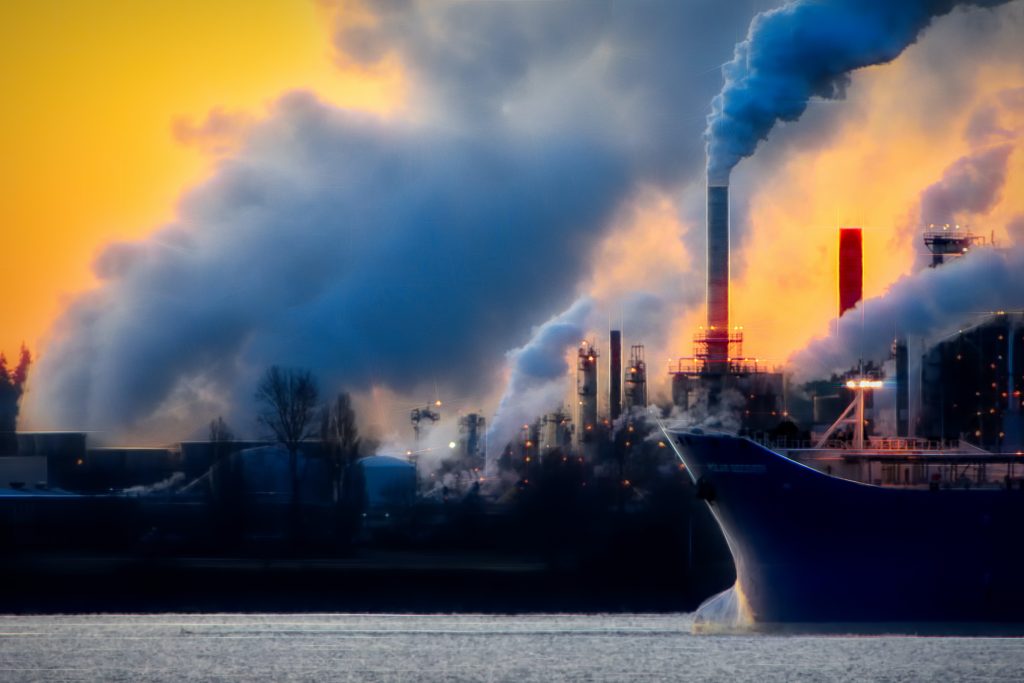While the recovery of the ozone layer has been hailed as one of the most significant environmental successes, a recent study suggests that we might have to reassess our optimism regarding the healing of this critical shield around the Earth. The ozone layer, which resides miles above the Earth, plays an indispensable role in protecting life on the planet by absorbing harmful ultraviolet radiation.
For years, the international community has celebrated the gradual mending of the ozone layer, following the historic 1987 Montreal Protocol, an agreement that led to the phase-out of over 100 ozone-depleting chemicals, including chlorofluorocarbons (CFCs). The consensus until now, reinforced by a UN-backed study, was that the ozone layer is on course to return to its 1980 levels by circa 2040, a narrative grounded in decades of scientific monitoring and policy efforts.

However, the concerning new findings, published in Nature Communications by a group of scientists from New Zealand, appear to challenge the prevailing theory of recovery. The study reveals that the Antarctic ozone hole has not shrunk as expected. In fact, it has reached record sizes in the years 2020 to 2022. The research team, led by Hannah Kessenich, a PhD Student at the University of Otago, has made a stark observation: Ozone levels within the heart of the Antarctic ozone hole have diminished by 26% since 2004.
These disheartening results come from detailed satellite observations of the ozone layer from September to November across multiple years. The scientists sought not just to document this decline but also to understand the underlying causes. Their analysis pointed towards changes in the Antarctic polar vortex – a massive cyclone of cold air and low pressure that forms above the South Pole. While the study refrains from pinpointing the exact motives for this shift, the authors have not ruled out a host of contributing factors such as global warming emissions, particulate matter from wildfires and volcanic eruptions, and variations in the solar cycle.
This revelation casts a shadow over the long-accepted belief that eliminating CFCs through the Montreal Protocol would be sufficient in combating ozone depletion. Kessenich’s research underscores the complexity of atmospheric dynamics and the potential influence of various environmental factors on the size and depth of the Antarctic ozone hole.
There is, of course, a degree of skepticism about the implications of this study. Martin Jucker, a researcher at the Climate Change Research Centre at the University of New South Wales, points out that the study might have overlooked the influence of natural phenomena such as the El Niño Southern Oscillation on the polar vortex. He also notes a concern regarding the exclusion of certain years from the dataset, arguing that this could potentially skew the long-term trend perception.
The findings of this study are a reminder of the fine balance of our planet’s atmosphere and the intricate interplay of human activity with natural processes. While the Montreal Protocol remains an unprecedented example of global cooperation, this new research suggests we may need to prepare for more complexity in the ongoing journey to restore our planet’s fragile ozone shield.
Scientists, policymakers, and environmentalists will need to consider these findings critically. The vibrant debate catalyzed by this study is an integral part of scientific progress and will be pivotal in guiding future protocols to safeguard the Earth’s ozone layer. As stewards of our planet, it’s critical we keep an open dialogue and remain vigilant in the face of new data that could reshape our environmental strategies.



